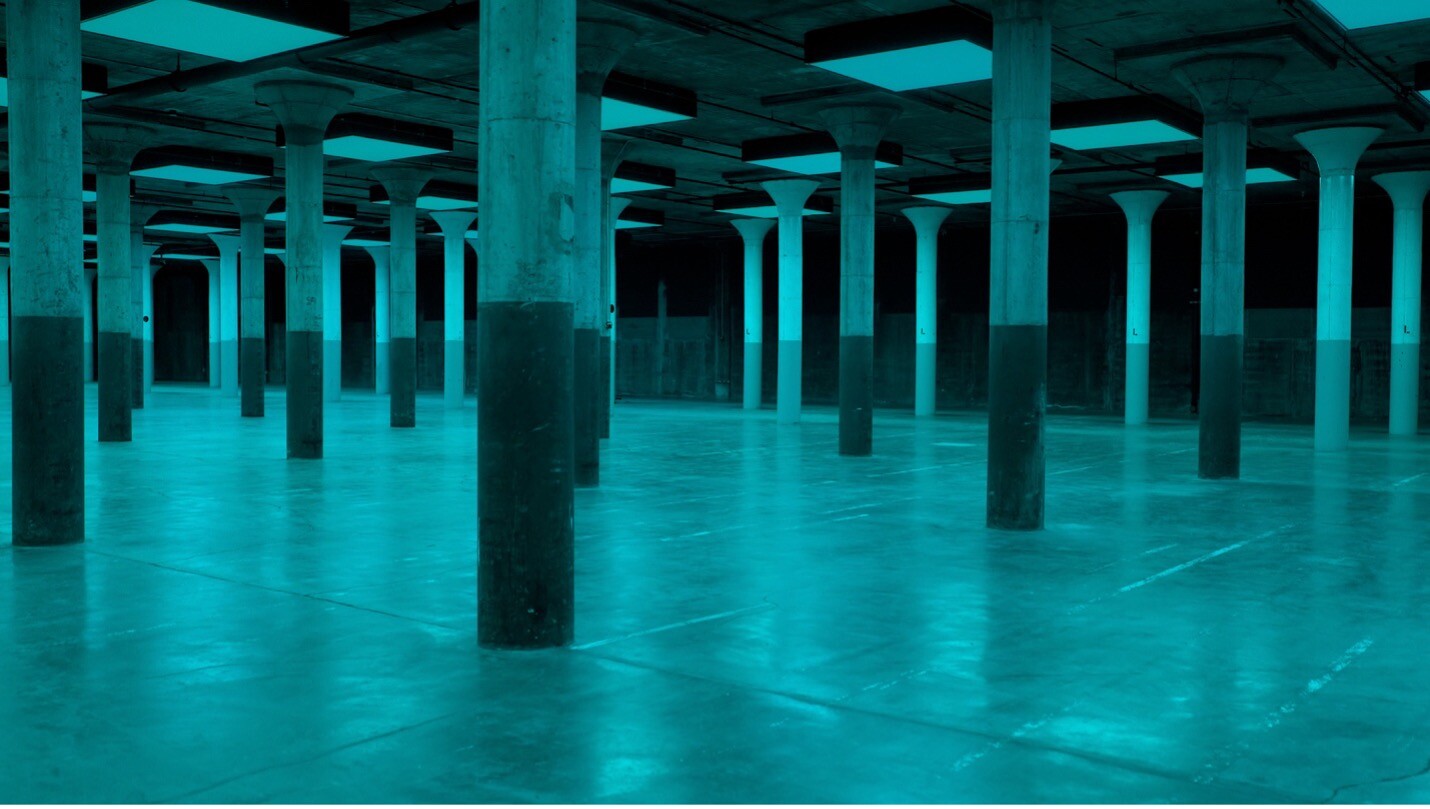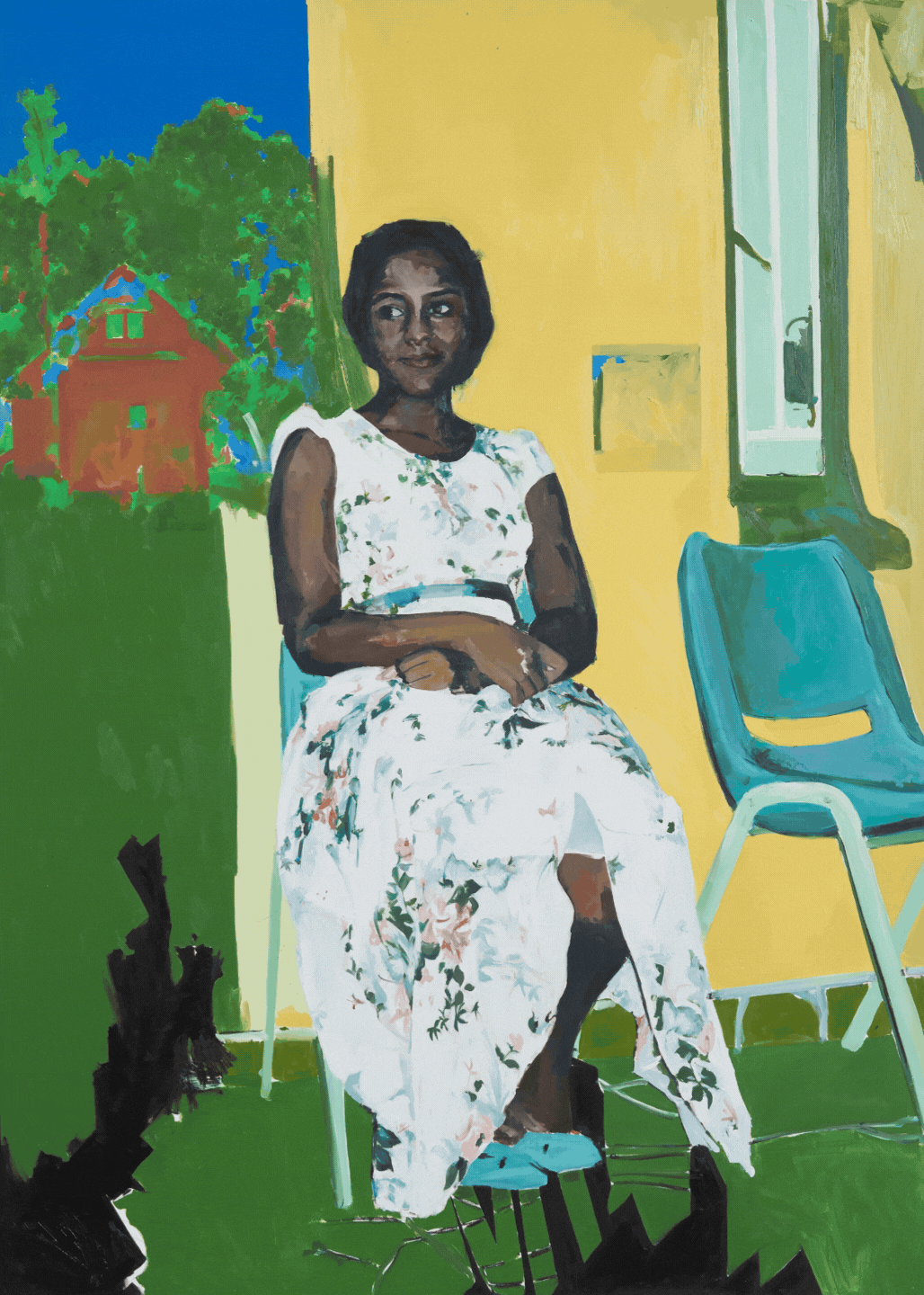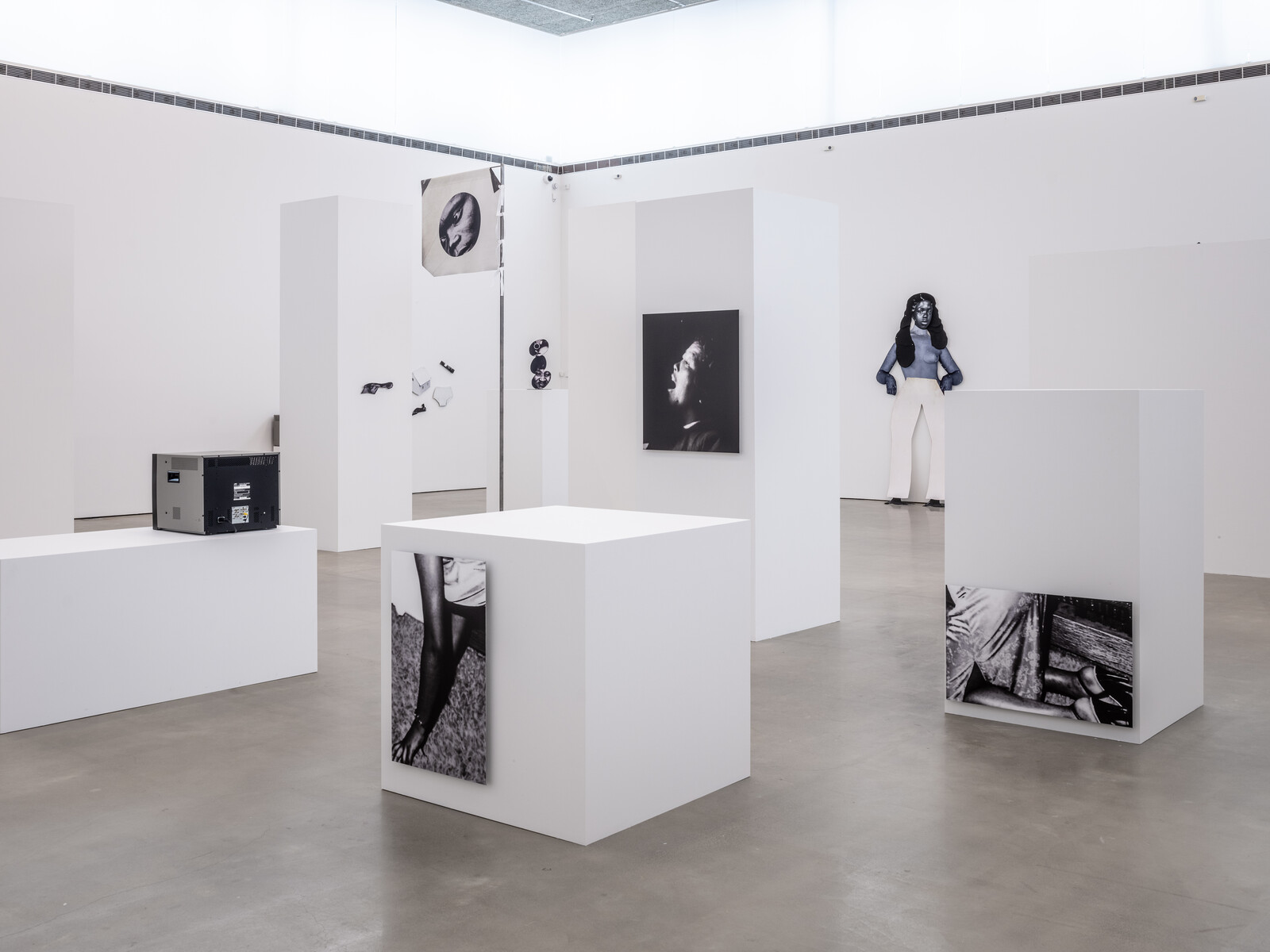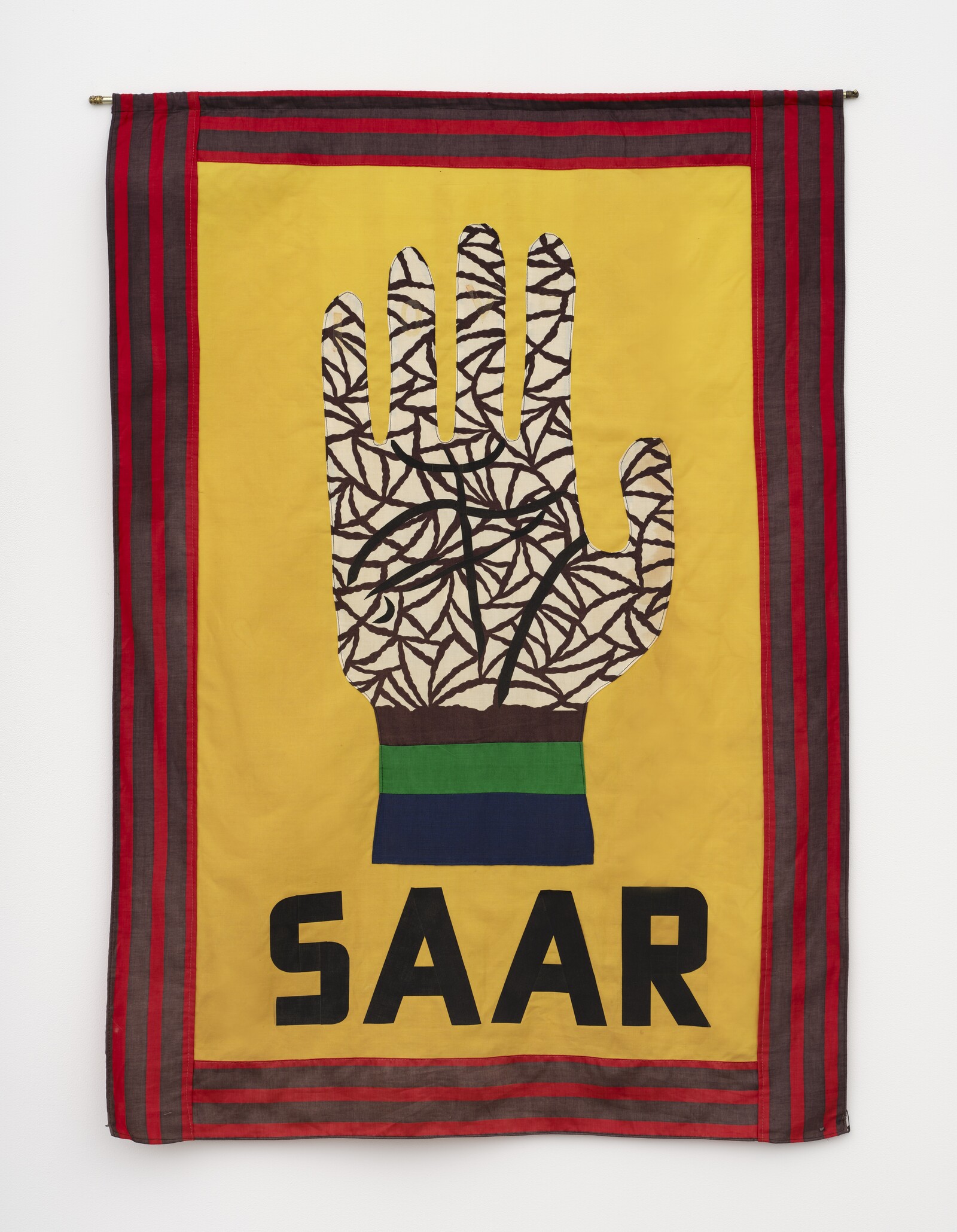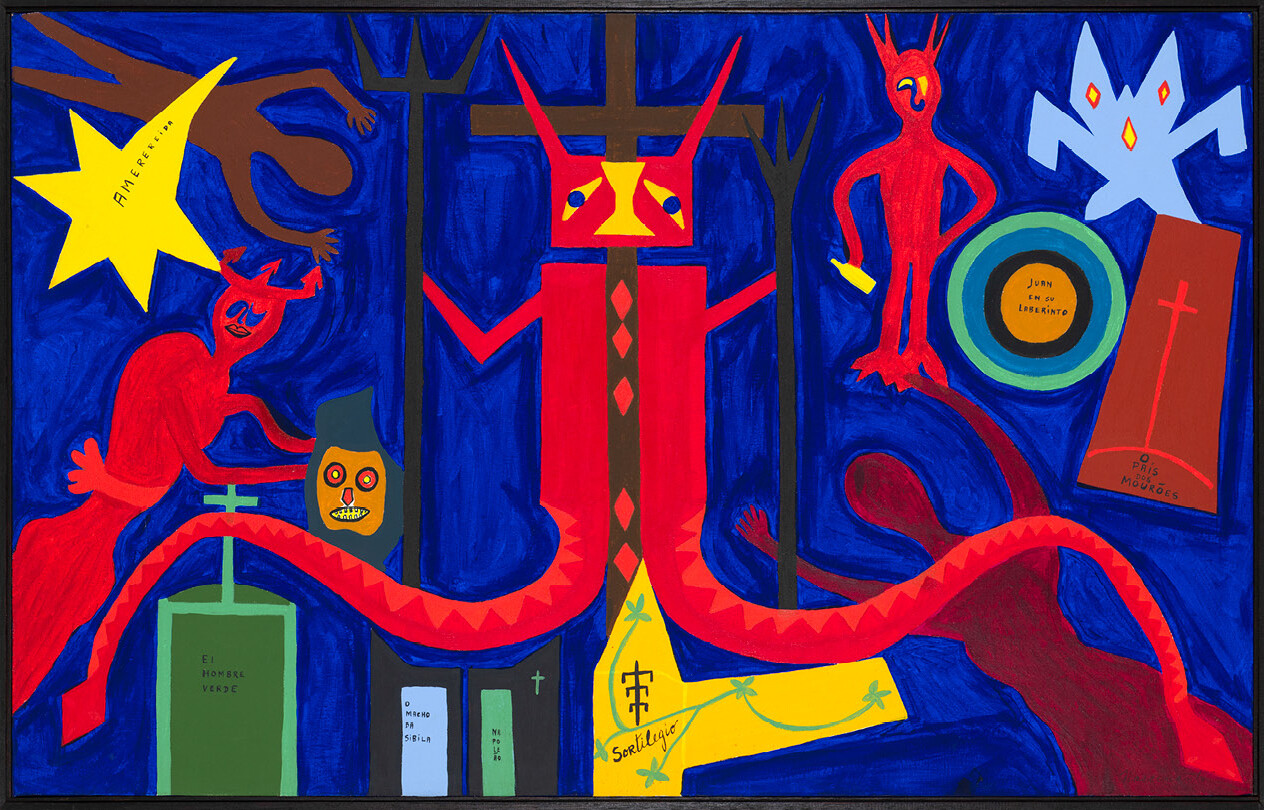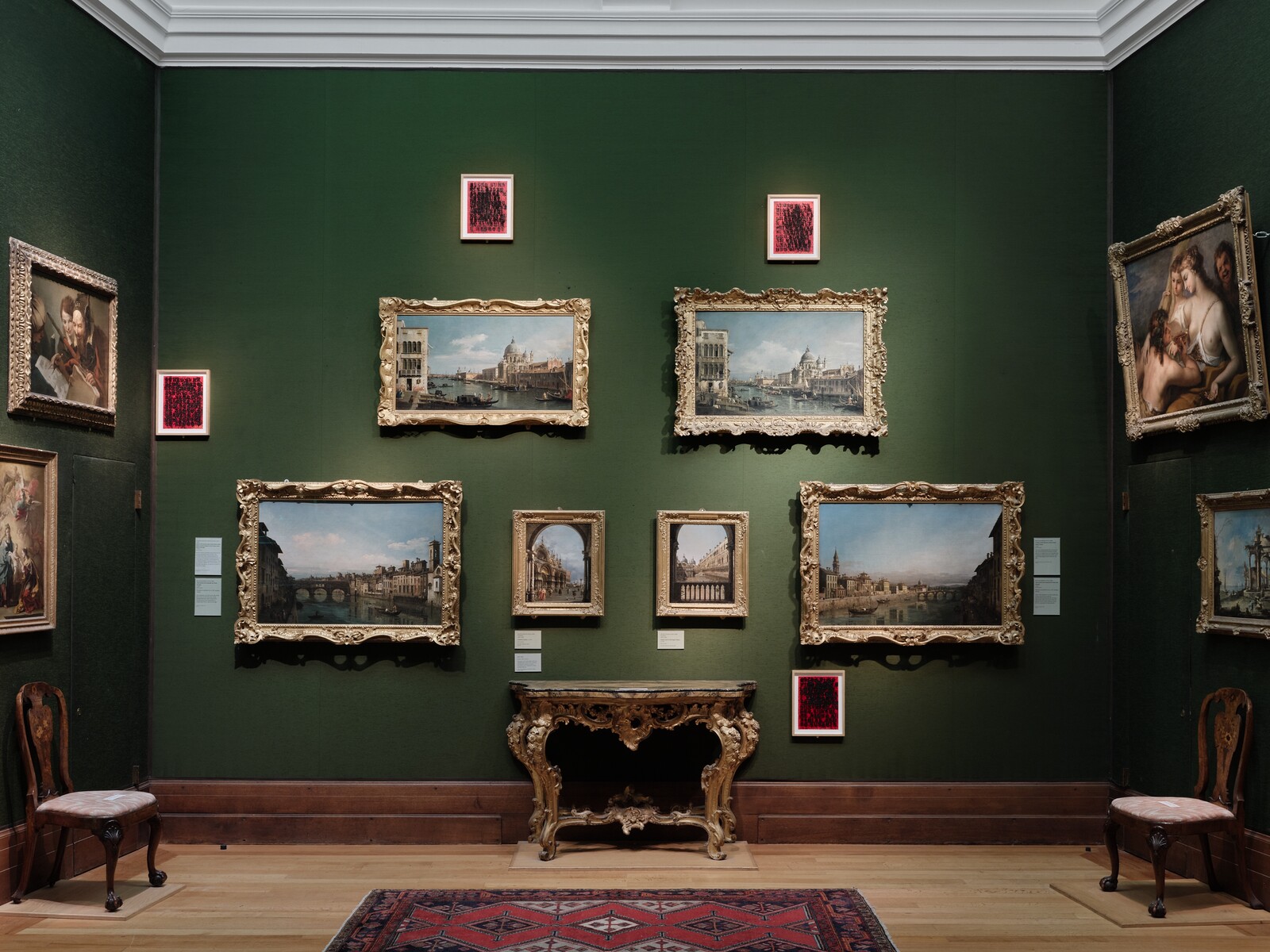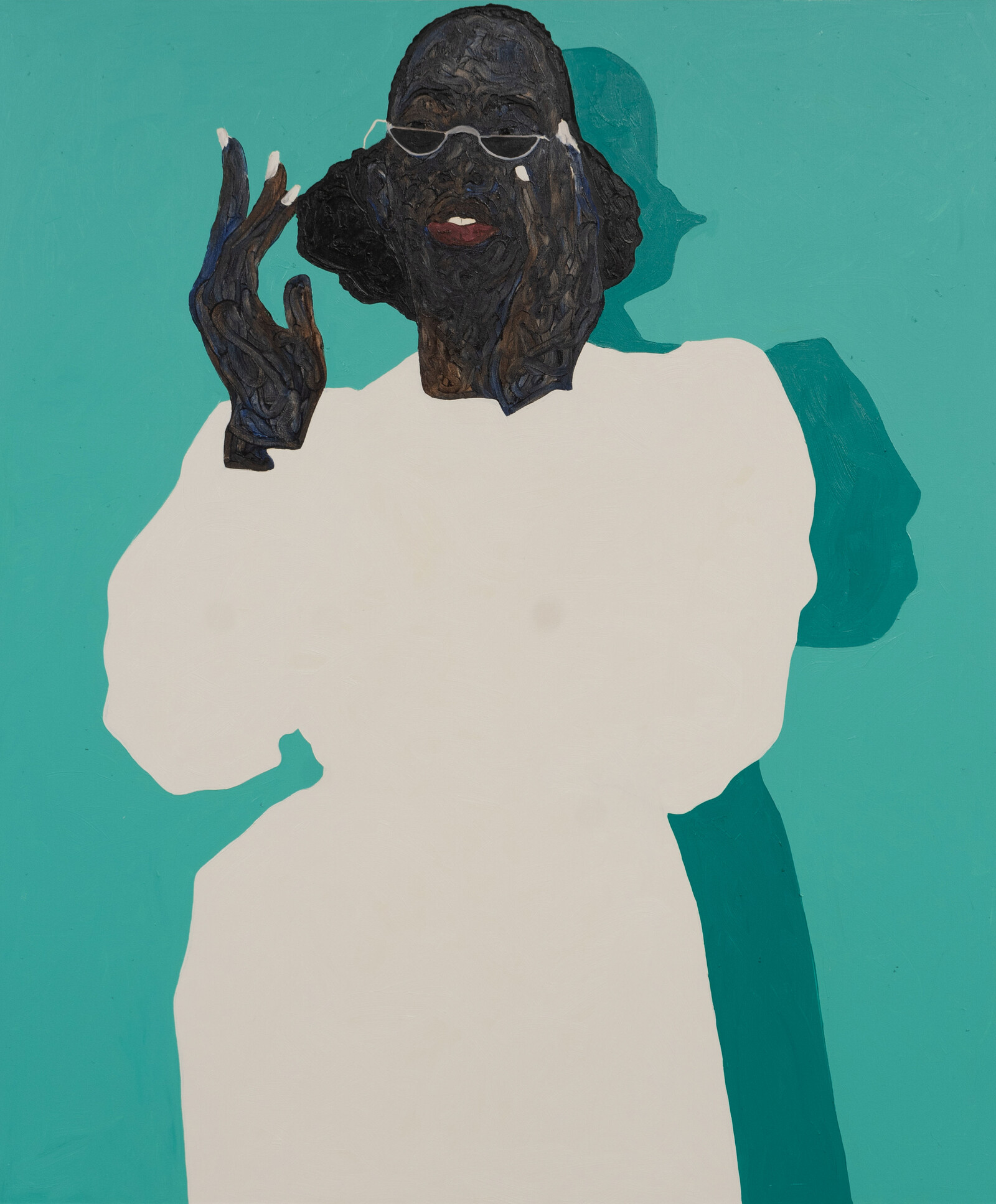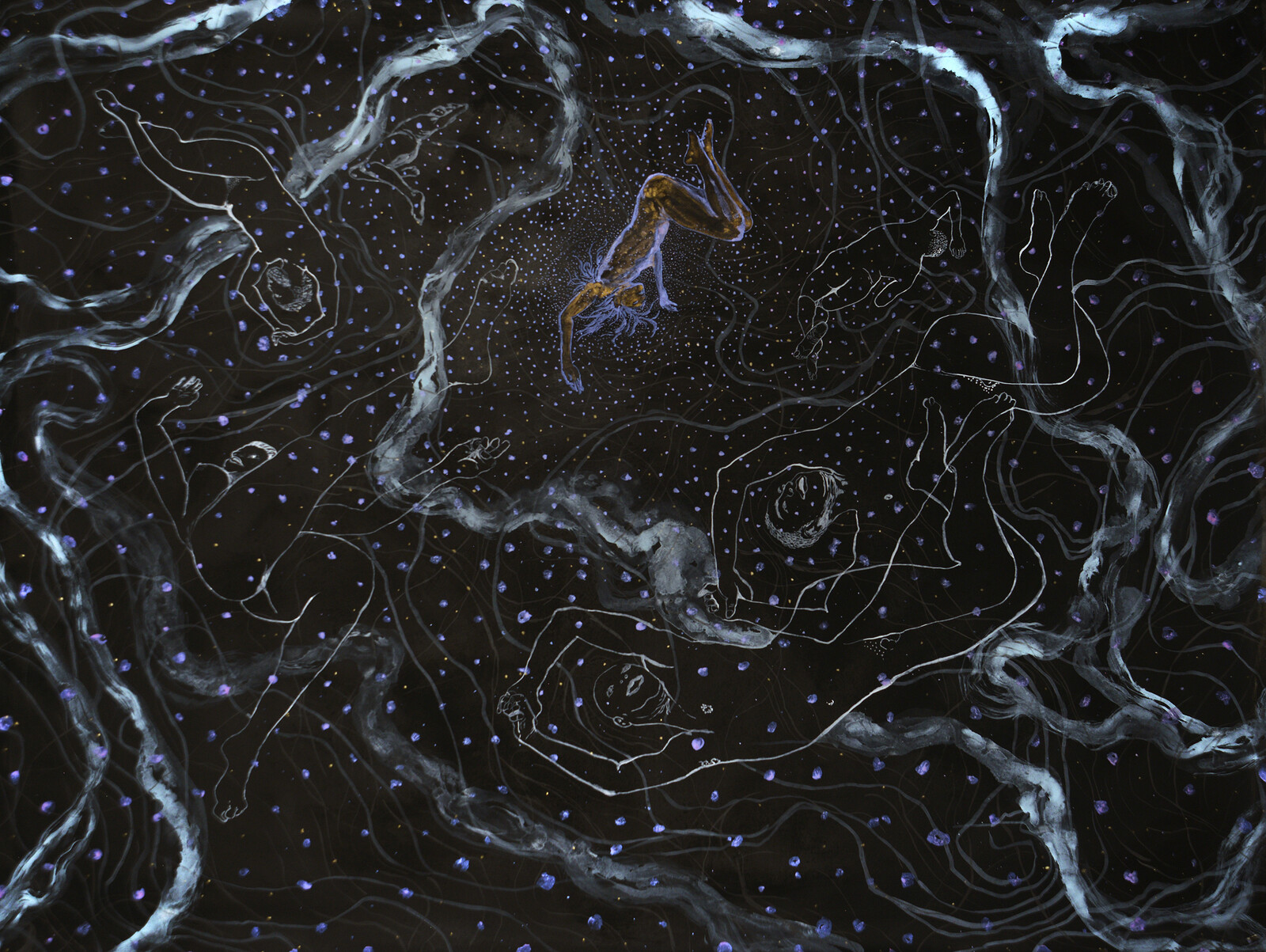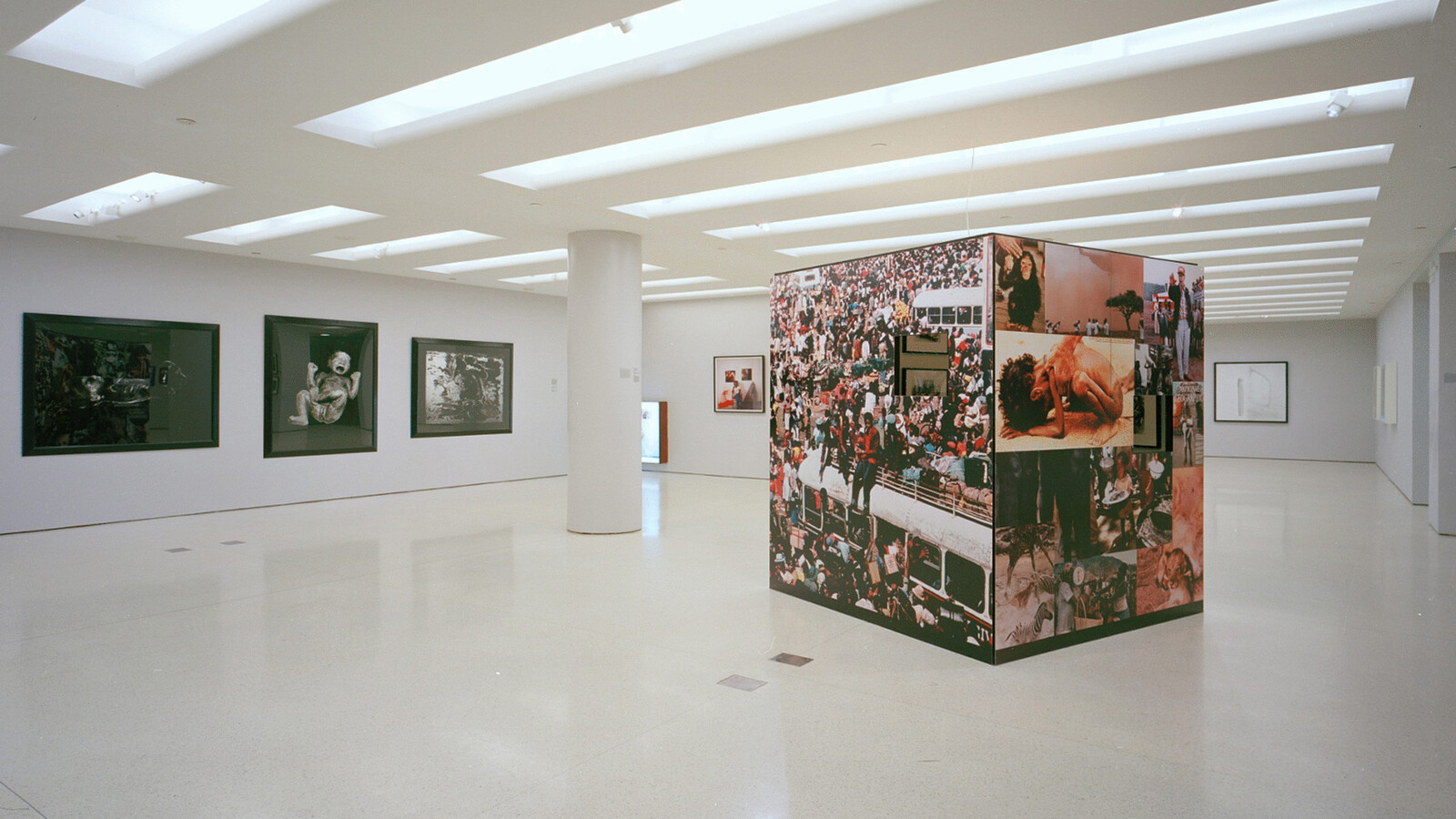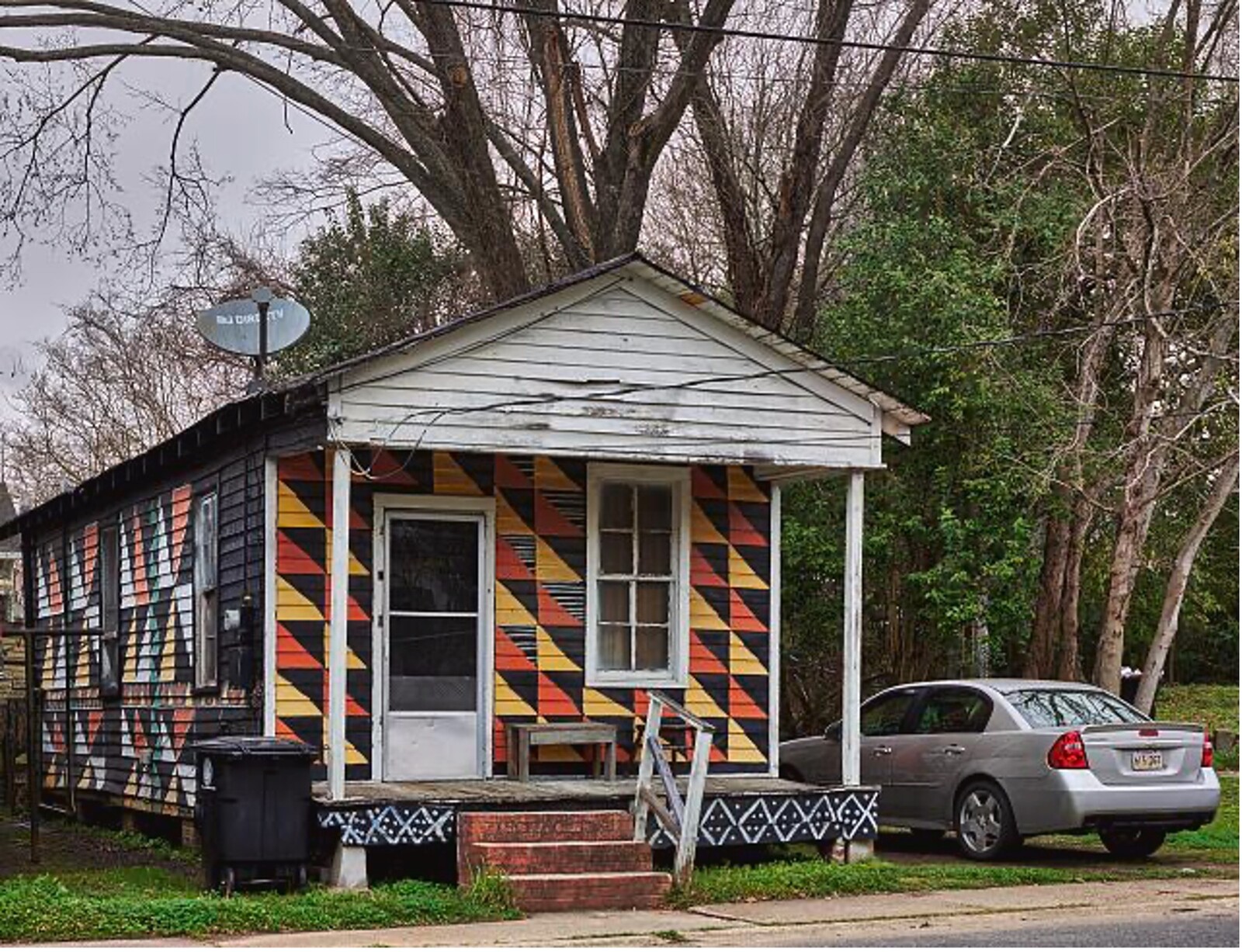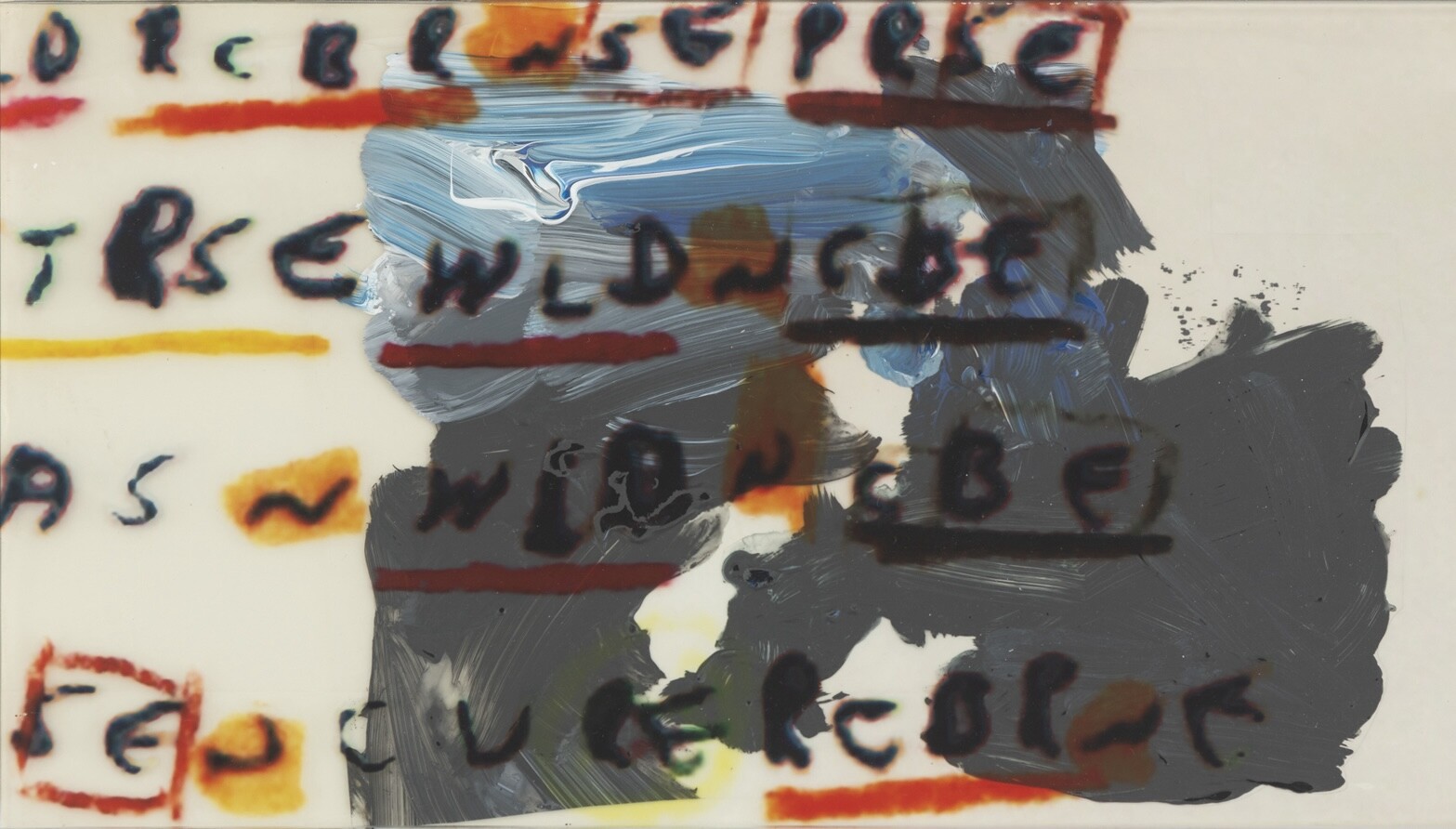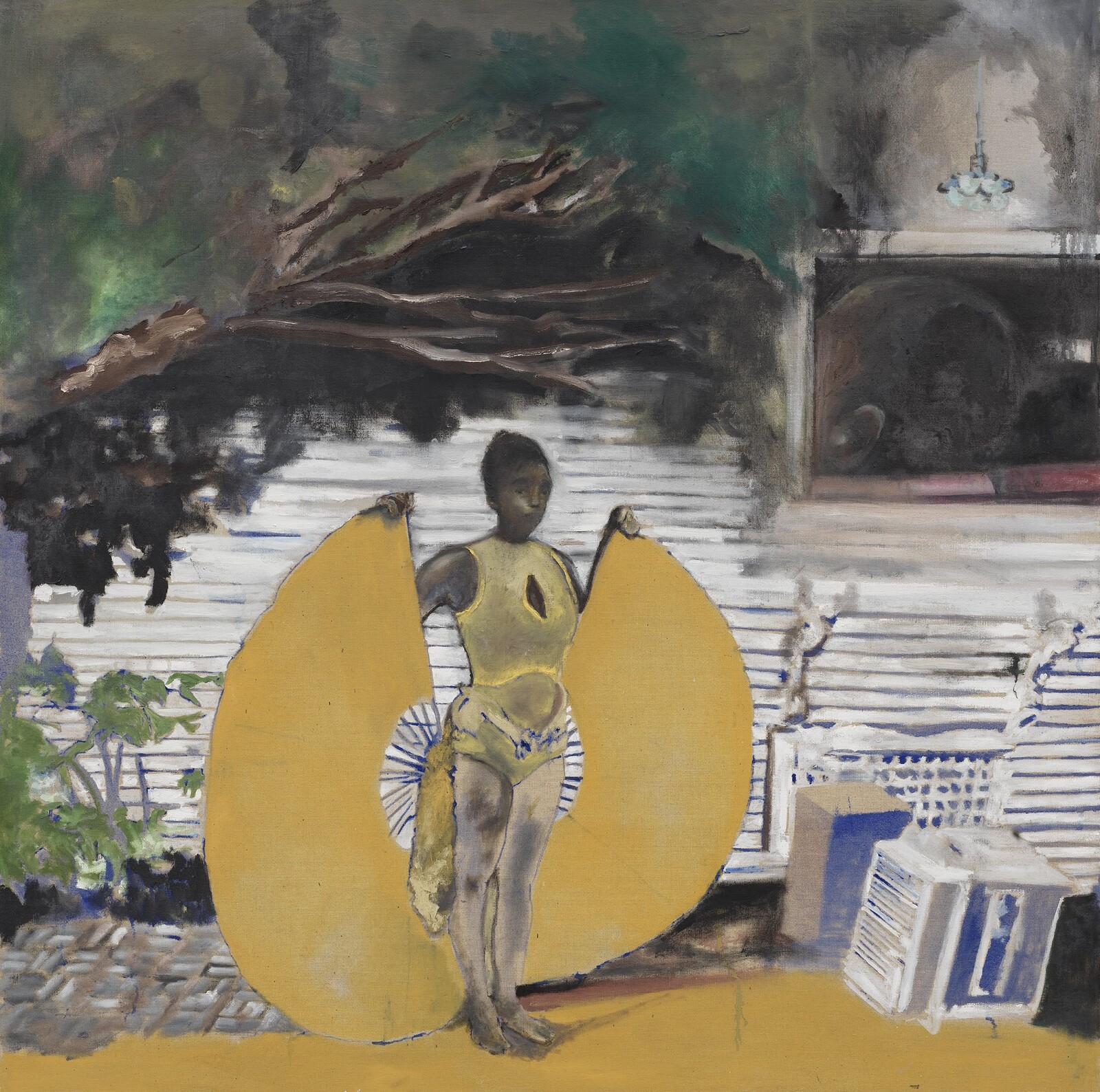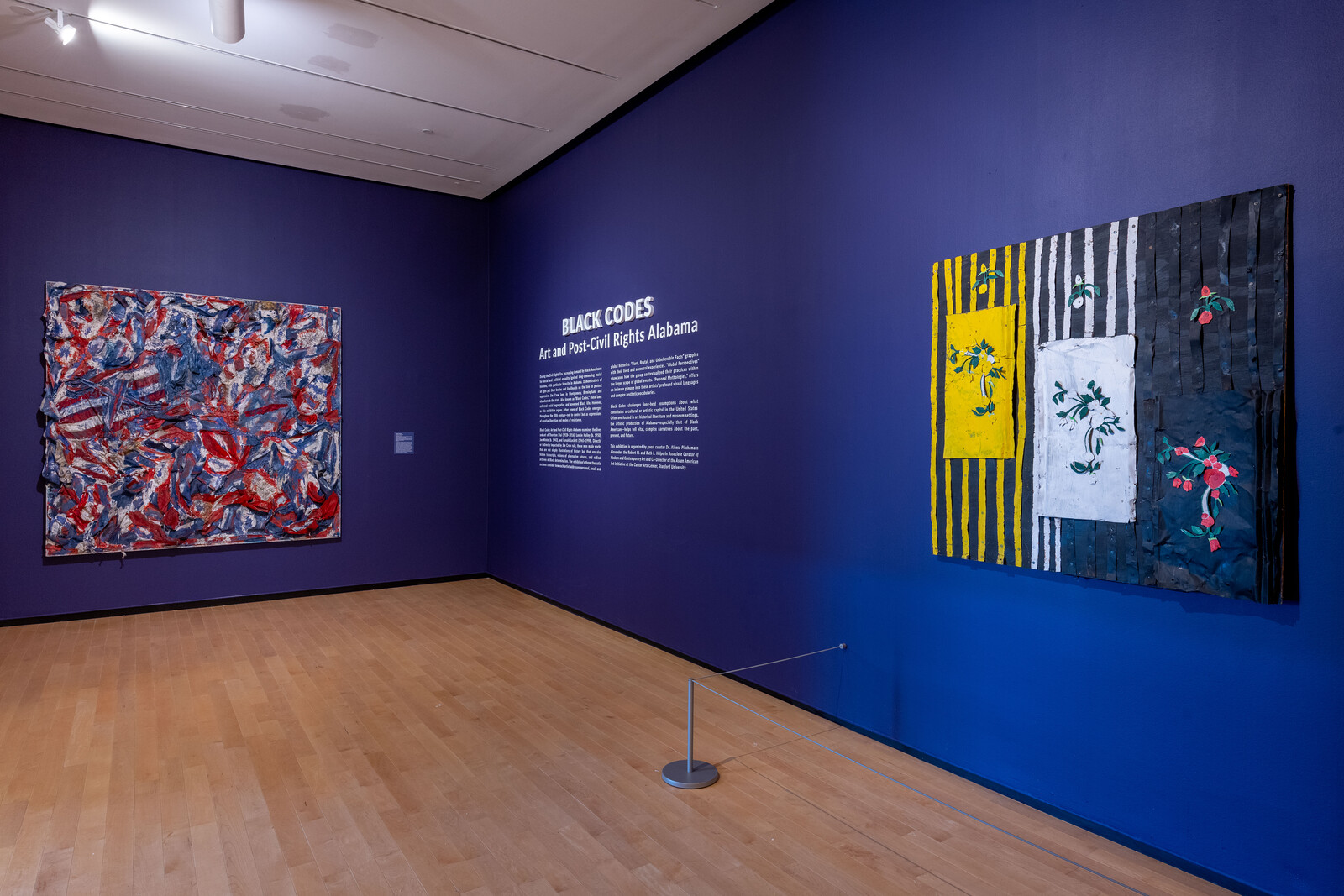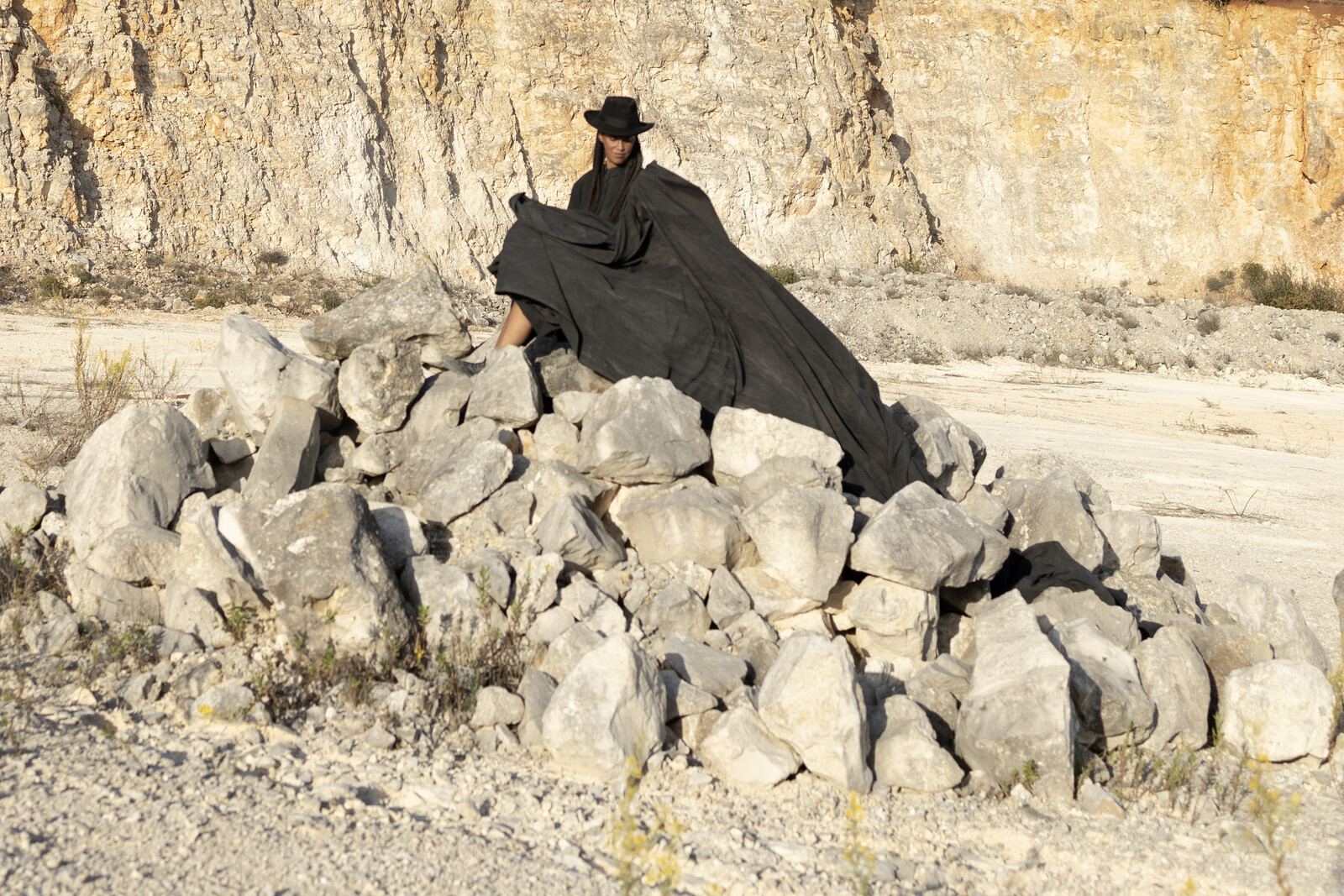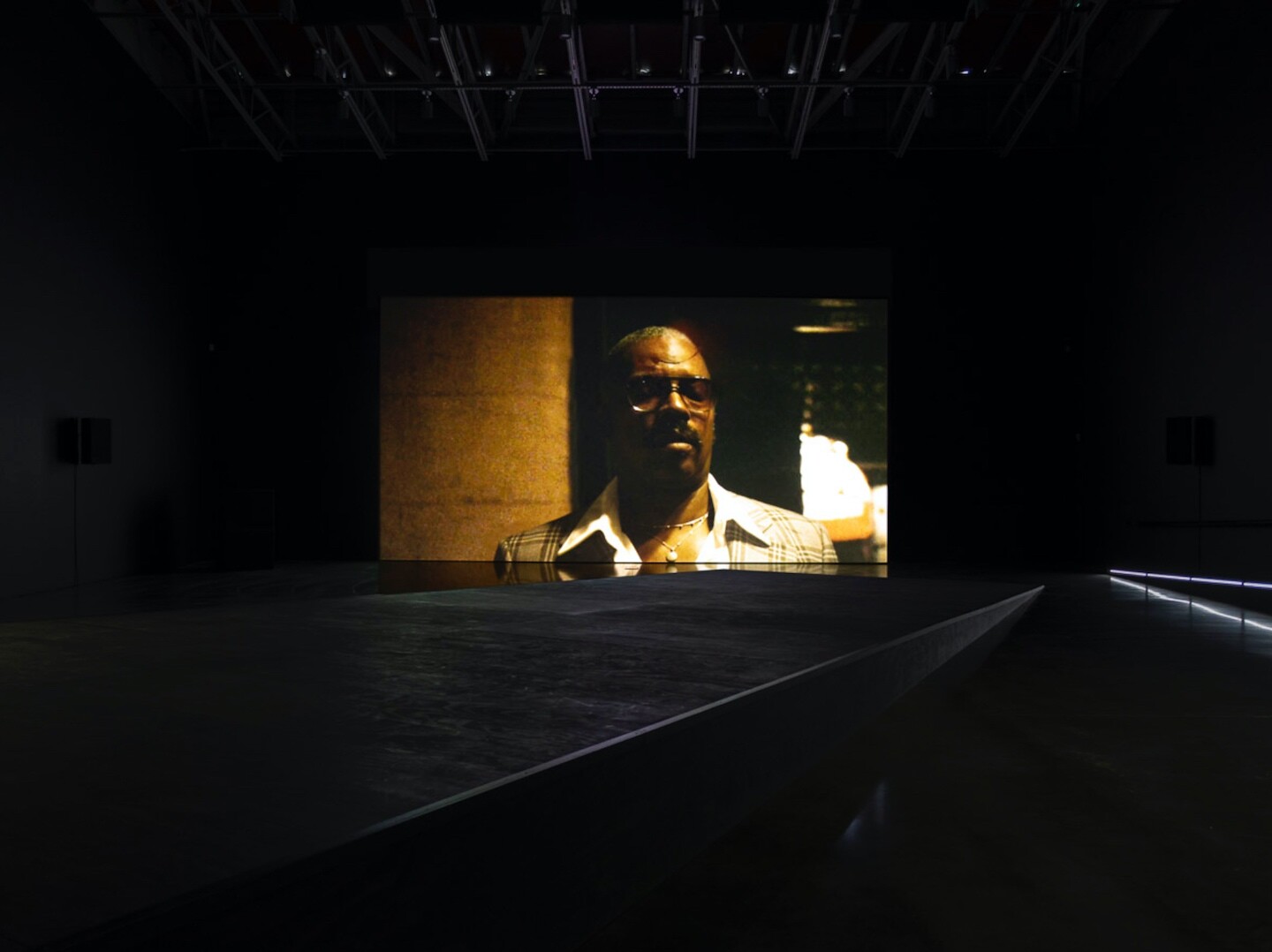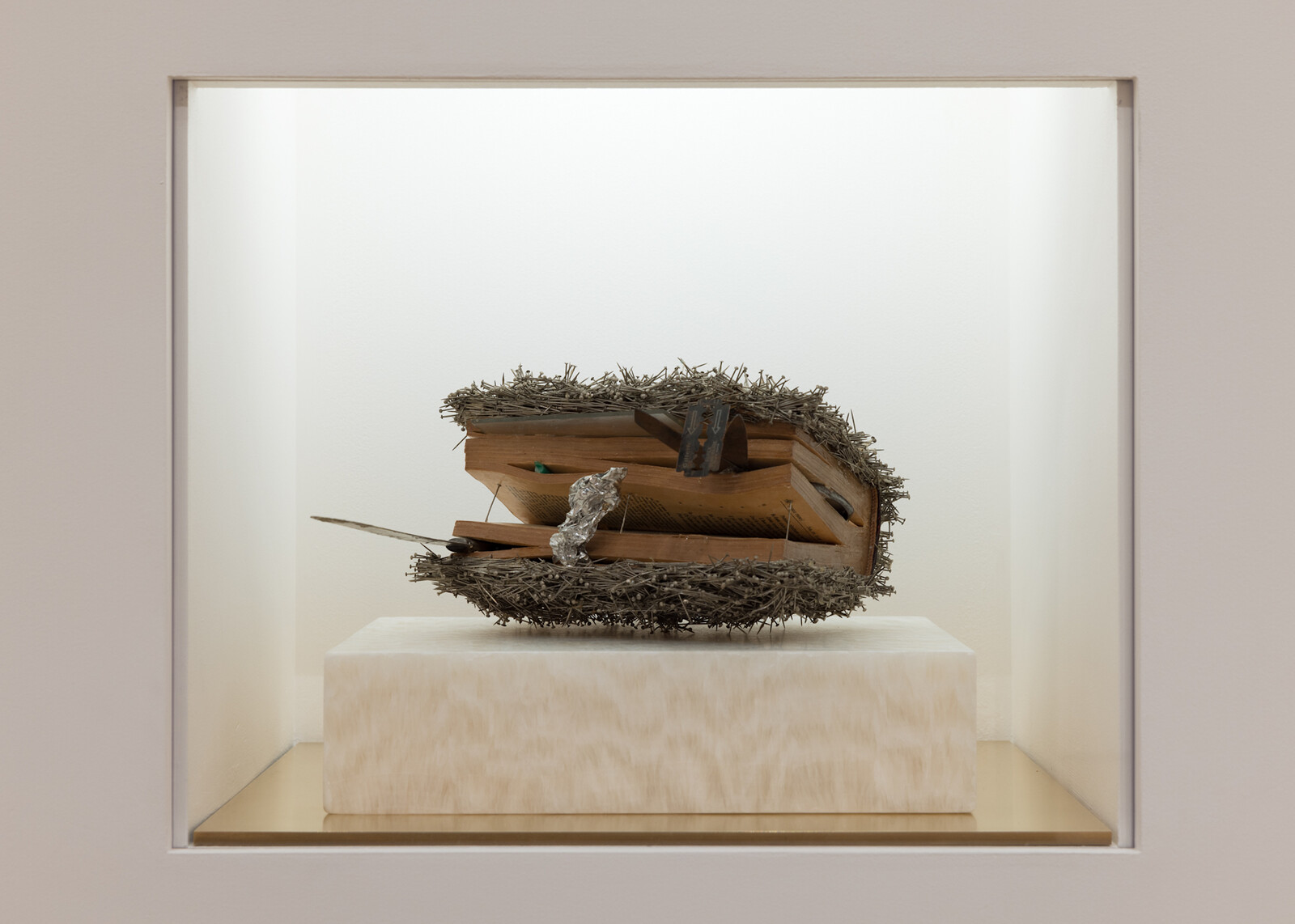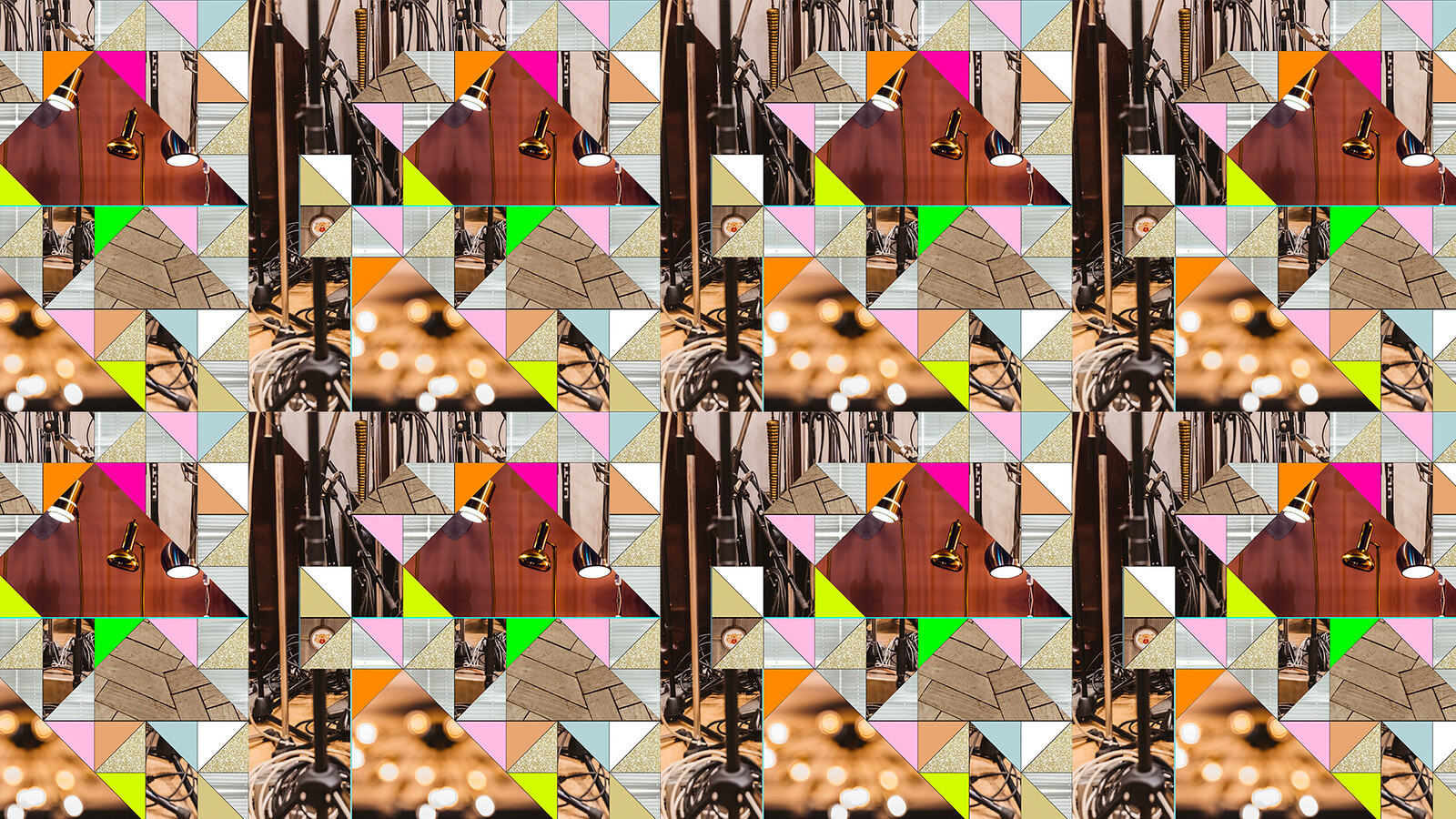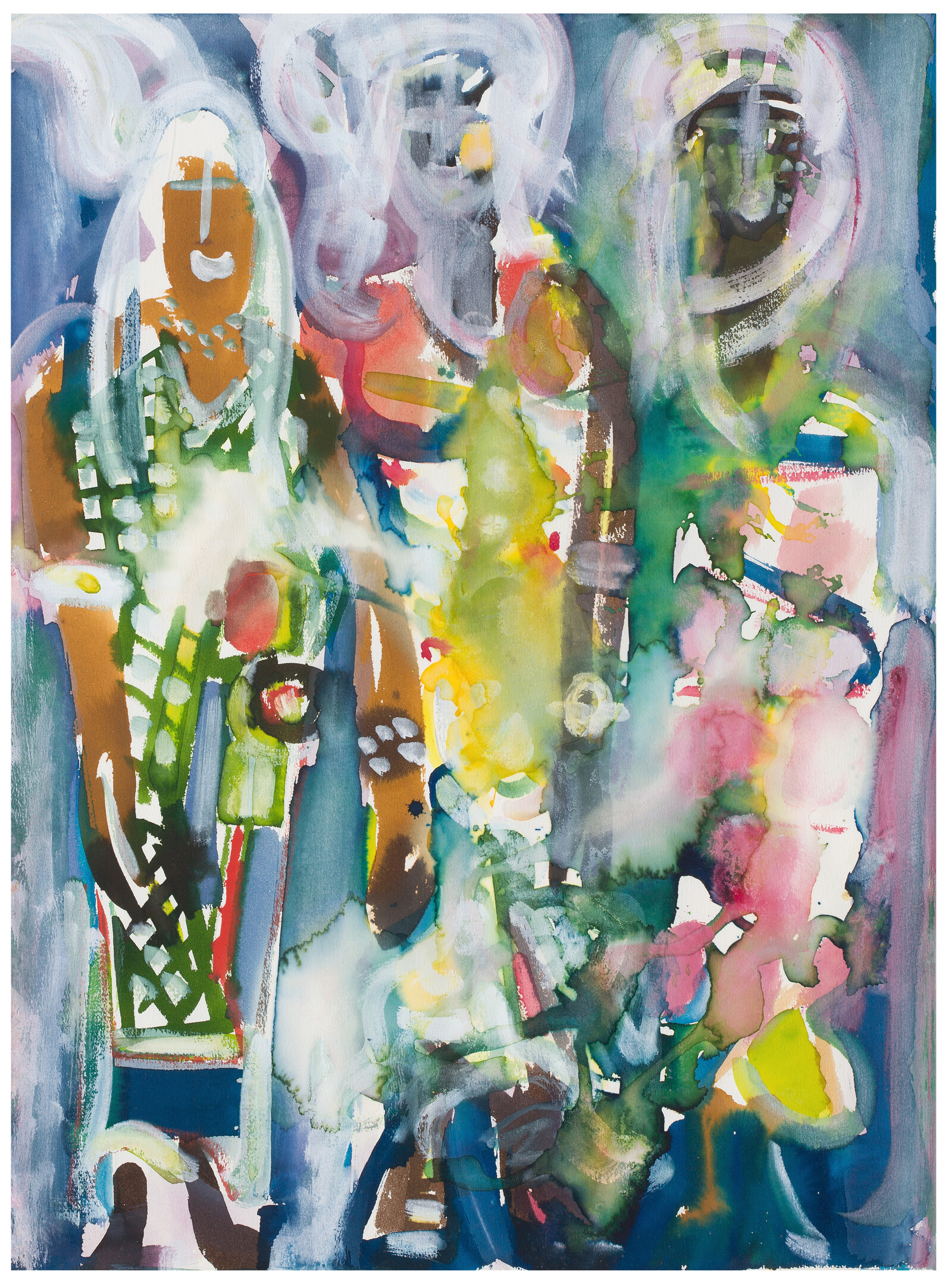Charles Tonderai Mudede, “What Can We Learn From Black Robots?”
Given that for those myriad subaltern communities marked as structurally disposable, as incapable of (democratic) rights and the (responsible) exercise of freedom, “the fascism which liberal modernity and civil society have always required has never abided by this order’s mendacious separation of the political from the aesthetic,” how could one expect an art keyed to the operation of these structures, or grounded in the historical praxis of these communities, to conform to the artifice of such notionally separable strictures as those that divide aesthetics from politics, form from content, present from past, living from dead?
It seems unlikely that the racism (the unfair judgment of the work and experience of African curators) will go away. The trenchant pessimistic attitude that Africa will never develop its own museums is evidence of that. Prior to his death, Okwui Enwezor himself was foggy on the issue of whether to shift focus to exhibitions on the African continent, preferring to curate and write for institutions in Euro-America. Perhaps even he had difficulty avoiding how the evolutionary logic of racist pseudoscience has passed down a belief that some art is more developed than others—a legacy we still have to actively confront.
Haile Gerima’s Sankofa, with Honey Crawford and Merawi Gerima


